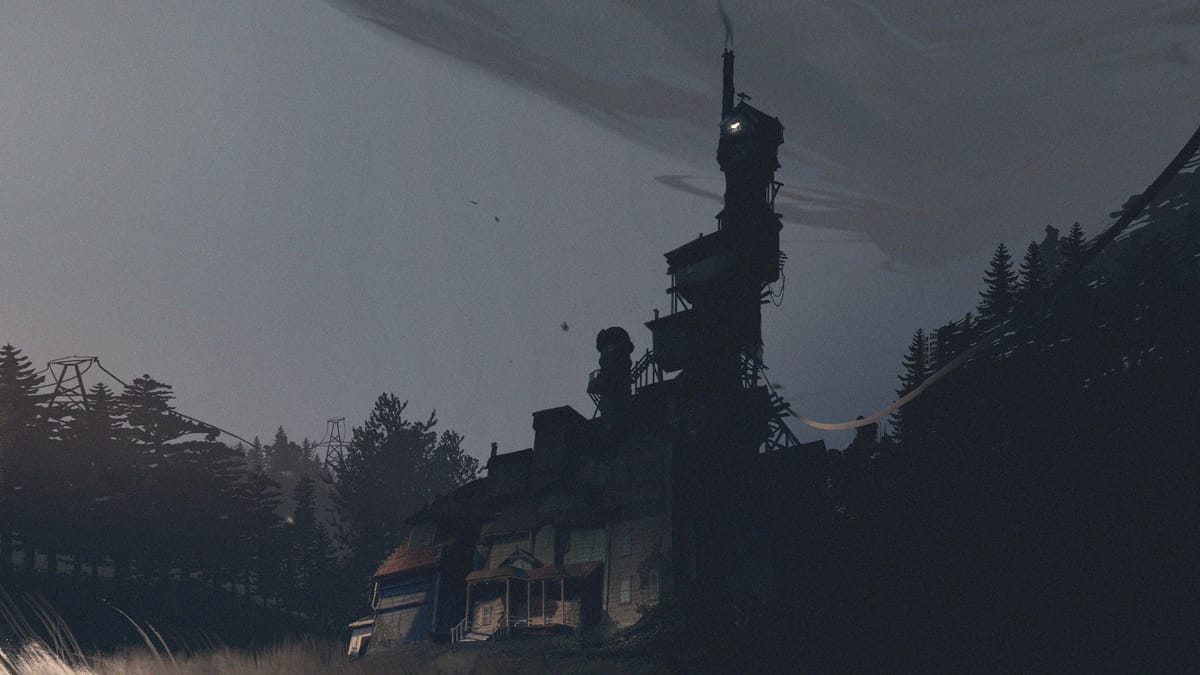
It is a terrifying challenge to review this game. What Remains of Edith Finch doesn’t deserve to be watered down to typical stock review points. The game is easy on the eyes; the music is haunting yet beautiful; I didn’t run into any bugs — yada, yada. These are not reasons Edith Finch is a great game. Definitely not these.
Giant Sparrow, the studio that brought to life critically acclaimed The Unfinished Swan has come roaring back with Edith Finch, a first-person “walking sim” that tells the melancholic — and often macabre — story of the cursed Finch family. The Finch family has lived in their lakeside Washington home for generations, and each time a member dies, their room is boarded up and preserved as it was on their final day. Edith is the last Finch and has returned home to discover their stories.

Each room, like Calvin’s and Sam’s, brims with incredible nuance and telling subtly. You’ll learn about each ancestor from their environment as much as their playable short stories.
Saying more would be a disservice, because Edith Finch is a game that needs to be experienced as much as it needs to be talked about. As Edith explores each of her ancestors’ rooms, their stories play out as playable sequences of their final days, each sequence proffering a unique game mechanic, like young Molly, who was sent to bed without dinner, inciting a hunger-induced fantasy scene where you play as a cat, then an owl, then a snake, chasing down their prey. Or Sam, whose fateful hunting trip you experience through a camera lens, snapping photos with a mechanic that never resurfaces.

The stories take anywhere from 3 to 20 minutes to complete, making this an easy game to digest if you have a busy schedule.
It doesn’t matter that these sequences are all one-offs — they serve a purpose greater than being a reward mechanic that pulls you to the end of the game. No, they demonstrate what makes storytelling in video games inherently different from books or films or comics. Each mechanic mirrors the internal psyche of each Finch family member. We feel Molly’s hunger as we sink our shark teeth into the rubbery flesh of a sea lion. We feel the monotony of Lewis’ cannery job as we manage the tedious fish assembly line.
What’s more, there’s a certain joy to discovering how each mechanic works. There are no instructions, no textual clues, and this subtly gives us permission to explore, to discover, to have fun in spite of the story’s pervasion of death. What Remains of Edith Finch is sad, sure. Several particularly poignant death scenes wrested tears from my eyes. But the game never demonizes death — it normalizes it. It asks us to talk about it. It allows us to explore how death affects us through the Finches’ interactive stories in a way not possible in any other medium.
What Remains of Edith Finch
Phenominal
Don’t question it — just buy it. Buy it right now. It isn’t a shooter, and there are no puzzles and some will question if this even qualifies as a “game,” but What Remains of Edith Finch is an exemplar in video game narrative design. No other game I’ve ever played has provoked the same meditation on death, and ultimately life and the beauty of it all.
Pros
- Sets the bar for video game narrative design
- A wonderful rumination of death and life
- New, unique mechanics keep gameplay varied and fresh
- Environmental storytelling at its finest
Cons
- None
